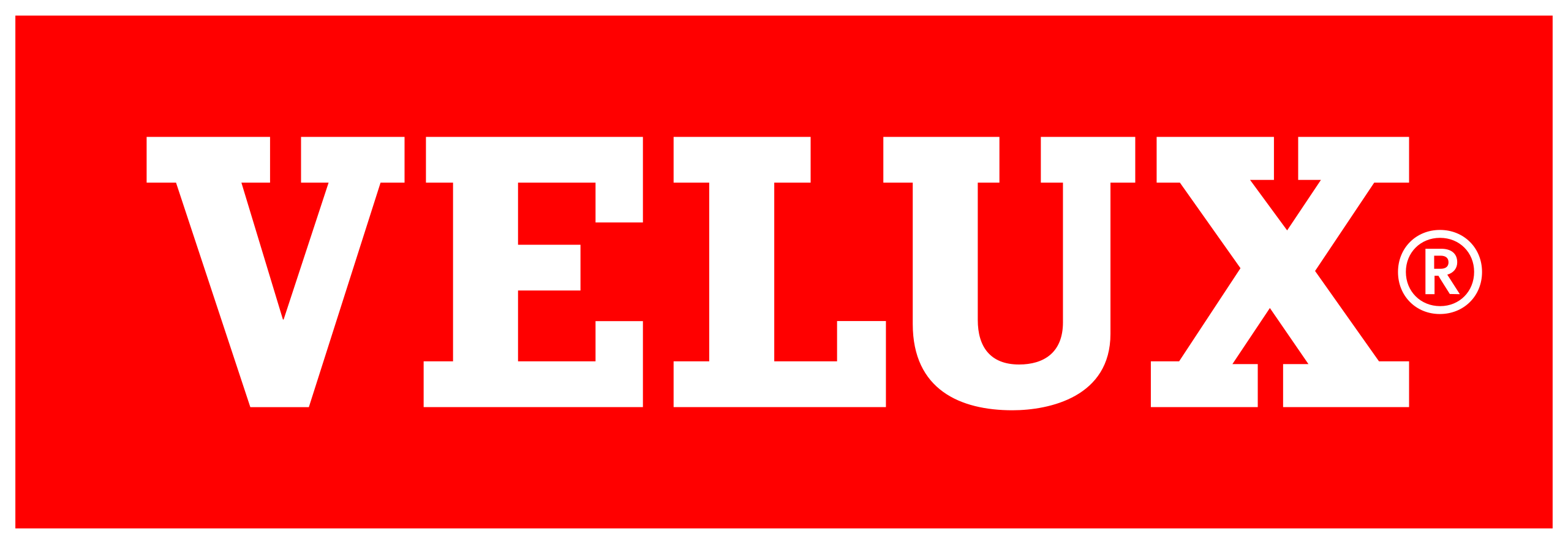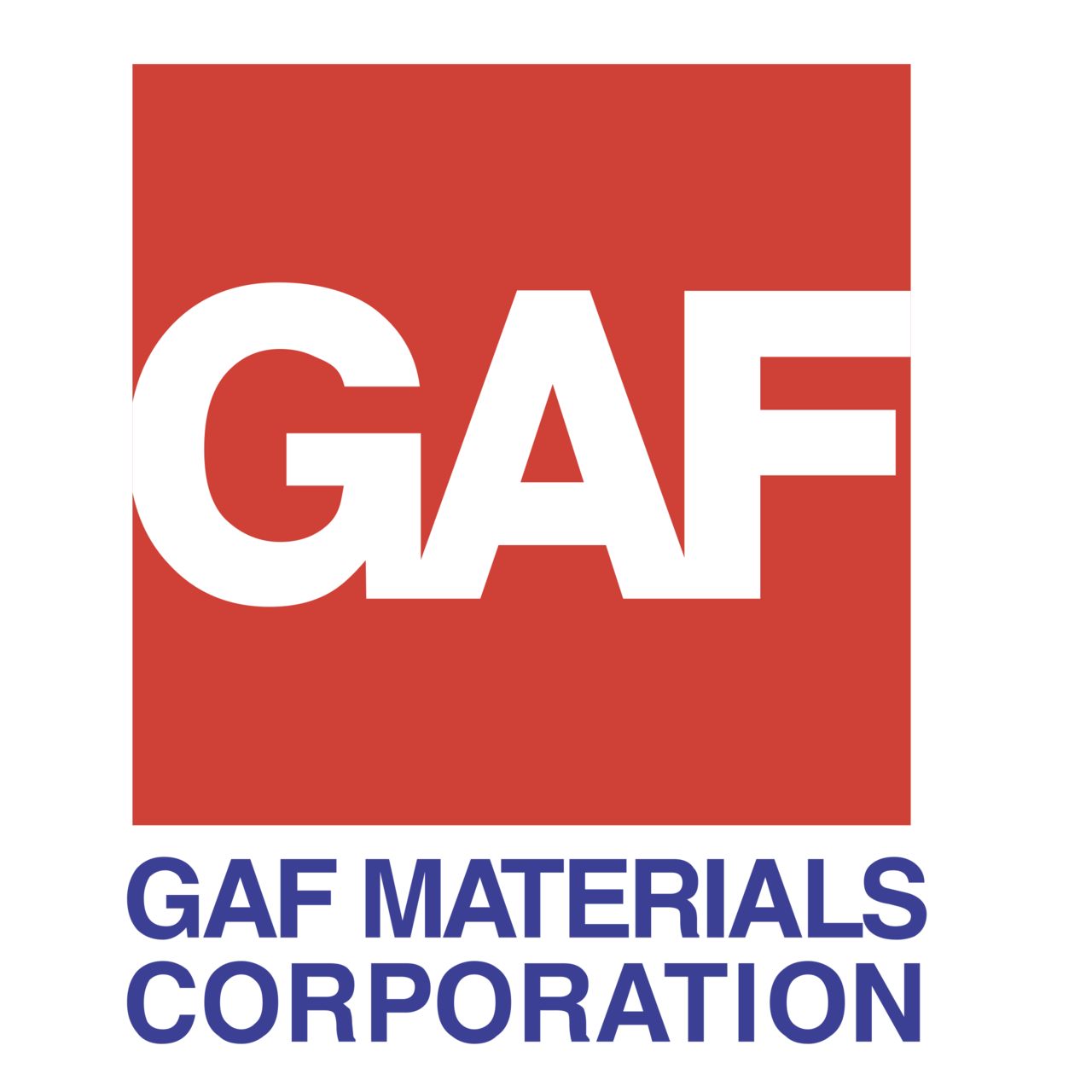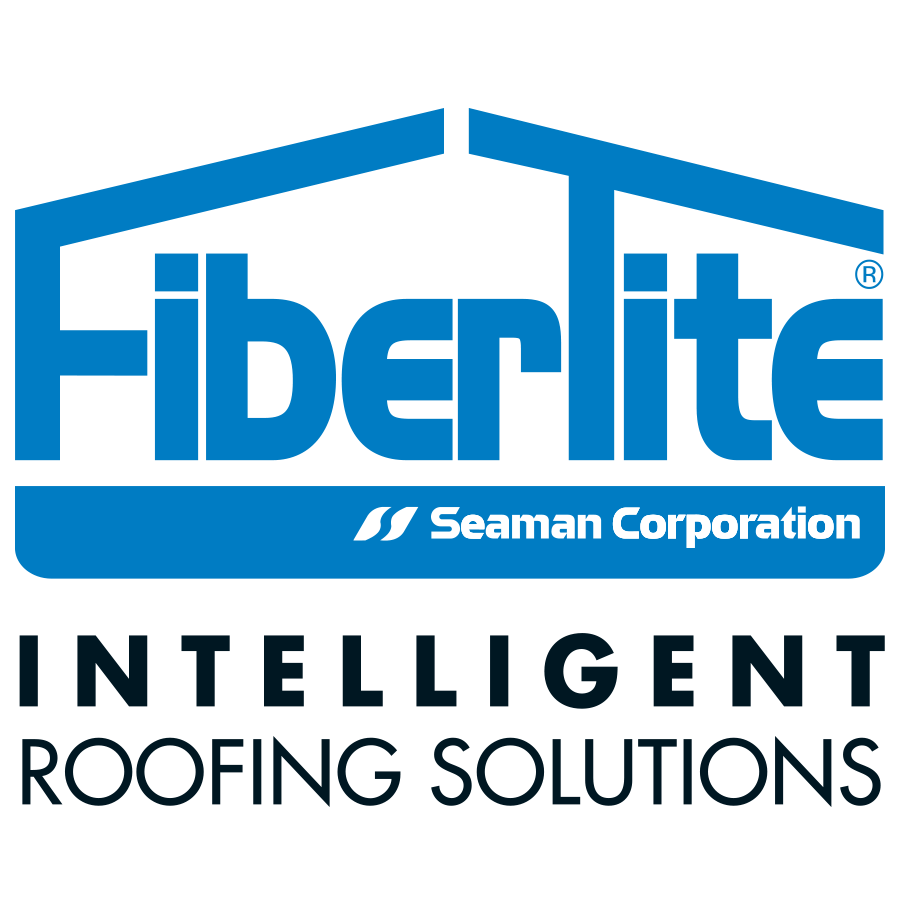Liability & Risk Mitigation
Are you looking for ways to prevent damage from occurring during roofing projects? Are you worried about getting hit with liability related costs as a result of mistakes made on the worksite? If so, it’s essential that you understand the risks associated with roofing work and how to effectively manage and mitigate these risks.
With just a few simple steps, you can confidently move forward knowing that everything has been done to ensure everyone’s safety on the job.
So read on to learn more about risk mitigation in regards to roofing projects!
The Importance of Regular Roof Inspections
Regular roof inspections are the cornerstone of roof maintenance and risk mitigation. Here’s why they are crucial:
- Early Issue Detection: Inspections identify potential problems before they escalate, allowing for timely repairs.
- Extended Lifespan: Regular inspections and maintenance can significantly extend your roof’s lifespan, saving you money in the long run.
- Warranty Compliance: Some roofing warranties require regular inspections to remain valid. Non-compliance can void warranty coverage.
- Safety: Inspections ensure the structural integrity of your roof, reducing the risk of accidents and damage.
Preventive Measures to Extend Roof Lifespan
Preventive measures are key to prolonging your roof’s lifespan:
- Scheduled Maintenance: Routine maintenance, including cleaning gutters and inspecting for damage, is essential to prevent issues from worsening.
- Proactive Repairs: Address minor issues promptly before they escalate into major, costly problems.
- Quality Materials: Choose high-quality roofing materials and ensure they are installed correctly to maximize durability.
The Role of Routine Cleaning and Debris Removal
Regular cleaning and debris removal play a vital role in roof maintenance:
- Gutter Cleaning: Clean gutters prevent water from pooling on the roof and causing damage.
- Debris Removal: Removing debris, such as leaves and branches, prevents clogs and water backup.
- Moss and Algae Removal: Moss and algae growth can damage roofing materials and should be removed.
Mitigating the Impact of Severe Weather on Roofs
Severe weather can take a toll on roofs. Here’s how to mitigate its impact:
- Impact-Resistant Roofing Materials: Consider impact-resistant materials that can withstand hail and flying debris.
- Regular Storm Inspections: After severe weather events, schedule inspections to assess any damage and initiate repairs promptly.
- Proper Installation: Ensure your roof is installed correctly to withstand high winds and heavy rainfall.
Choosing the Right Roofing Contractor
Selecting the right roofing contractor is critical for risk mitigation:
- Credentials: Verify the contractor’s credentials, licenses, and insurance to protect yourself from liability.
- Reputation: Research the contractor’s reputation and read reviews to gauge their reliability and quality of work.
- Experience: Choose a contractor with a proven track record in handling various roofing projects.
- Transparency: Seek contractors who provide transparent quotes, contracts, and warranties.
- References: Ask for references and speak with previous clients to assess their satisfaction.
At Eason Roofing, we understand the importance of liability and risk mitigation in roofing projects. We offer professional roof inspections, maintenance, and repairs to ensure your roof remains in optimal condition. Our commitment to quality, transparency, and safety makes us the ideal choice for all your roofing needs. If you have any questions or require assistance with roofing concerns, please don’t hesitate to contact us. Your roofing investment and peace of mind are our top priorities.







